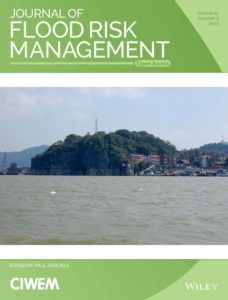Title: Reducing flood risk by effective use of flood-peak polders: A case study of the Tisza River
 Abstract
Abstract
Between 1998 and 2006 a series of extreme flood events took place on the Tisza River and its tributaries. In Hungary, this triggered the development of flood-peak polders as a more cost-efficient solution of defense compared to raising the dikes. The recent analysis applies Monte-Carlo simulation-based quantified risk calculations with a cost–benefit type comparison. Results indicate that compared to the originally planned, 100-year return frequency flood that threats to topple the levees, lower flood levels already provide economic justification for polder use. Apart from the optimal timing of opening the floodgates, the controlled inundation of polders requires the consideration of its cost–benefit effects as well. The development of the economic decision-support system for the controlled use of the flood-peak polders along the Tisza River provides an insight into the efficiency gains that a more informed, quantitative economic analysis can offer in risk reduction. The analysis reveals the potential for more efficient management of flood polders. The decision support of controlled polder inundation includes all the necessary information elements for the cross-sectoral comparability of impacts that is the foundation for any multi-purpose land management scheme that enables nature-based solutions.
Full citation: Ungvári, G. & Kis, A. (2022). Reducing flood risk by effective use of flood-peak polders: A case study of the Tisza River. Journal of Flood Risk Management, 15(3), e12823.
Full text available here.
